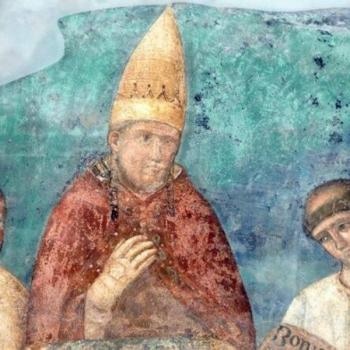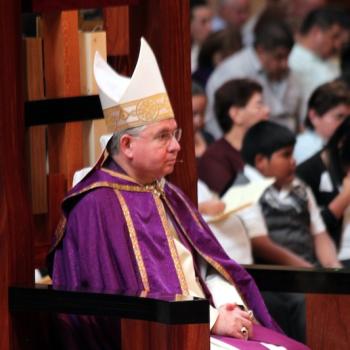Today’s Lenten Station in Rome is the Church of Saint Balbina. This small church sits at the foot of the Aventine Hill and is not visited often, mostly because it only opens to the public one hour per week for Sunday Mass.
This is one of the best preserved ancient churches of Rome. In the early years of Christianity throughout the Roman Empire, Christians met in each others houses. As communities grew, a room of a particular house was set aside exclusively for worship or a house was purchased and modified for the use of the community. These earliest churches are referred to today as a domus ecclesia, a house church. Wealthier Roman homes had a room designed to entertain guests, so naturally wealthy Christians offered these halls for the community to celebrate the Eucharist. These large rooms always included an apse, or semicircular area at one end of the hall, where people reclined and ate.
Santa Balbina began as a domus ecclesia, a hall in the house of the wealthy Lucius Felix Cilonus who allowed Christians to gather at his home in the 4th century. When one enters Santa Balbina one immediately recognizes the architecture of the building as a “church,” but one must remember that churches inherited this specific architectural style from Roman halls. At Santa Balbina we see a building that gave churches their traditional architectural layout.
 It wasn’t until after the legalization of Christianity by Emperor Constantine that churches as public buildings were built, the first one in Rome being the Basilica of Saint John Lateran. The model for these churches were Roman basilicas, public buildings designed to hold large assemblies in the forum of Roman cities. I will write more on this later in Lent on the day Saint John Lateran is the station.
It wasn’t until after the legalization of Christianity by Emperor Constantine that churches as public buildings were built, the first one in Rome being the Basilica of Saint John Lateran. The model for these churches were Roman basilicas, public buildings designed to hold large assemblies in the forum of Roman cities. I will write more on this later in Lent on the day Saint John Lateran is the station.
All pictures are mine, all rights reserved













